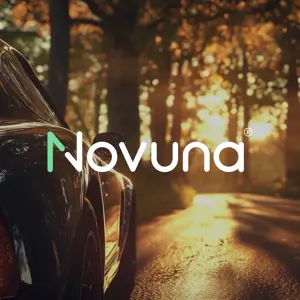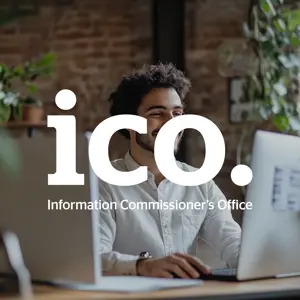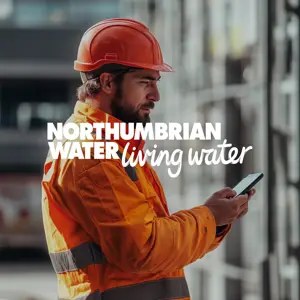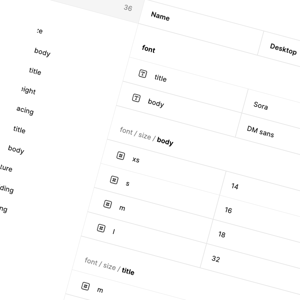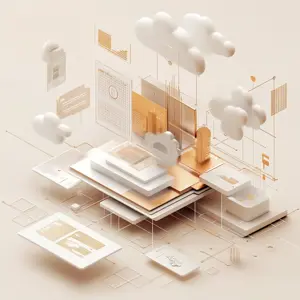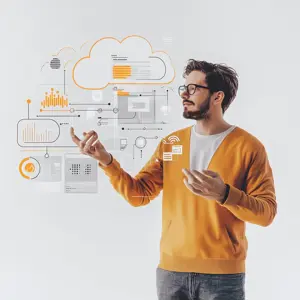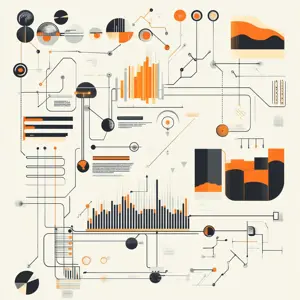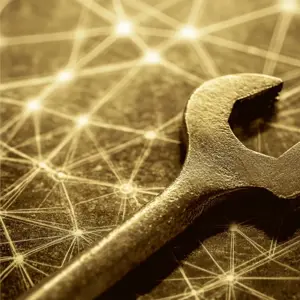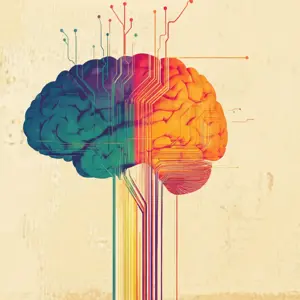People are complex creatures living in a complex world, and so sometimes it’s alluring to think that with all things, the greater the level of complexity something has, the better it is.
It’s easy to make things complicated. If something isn’t working then it’s incredibly tempting to just add to it until it does. Unfortunately, this can often lead to inflexibility and unpredictable behaviours, which in turn makes things difficult to change, as change made within complex systems often lead to a catastrophic cascade of unwanted effects, essentially building on unstable foundations until the whole structure collapses around us.
Life is really simple, but we insist on making it complicated.
Confucious
It’s often better to remove current processes and start again from first principles. Why? Because it allows us to take a step back and re-evaluate our goals and review our core requirements, while giving us the space to incorporate new approaches and ideas. We can look at what is necessary to meet our goals, stripping out legacy processes and thinking to approach the problem with fresh eyes, striving to engineer simplicity, or if not actual simplicity, hidden complexity.
What does this mean? Well, take the example of a car. It’s a complex machine, built from hundreds of separate parts, working together to serve the goal of getting the driver from one destination to another. However, the driver doesn’t need to know or understand the construction and inner workings of the car in order to achieve their goal. Why? Because the car has an interface designed specifically to hide this complexity - the steering wheel, the accelerator and brake - simplifying the operation to an extent that anyone can intuitively understand how to use them. This also goes hand in hand with further simplification. Removing functions such as a manual gearbox, the choke, even keys has, over time, streamlined the overall experience, even as the cars themselves have become more sophisticated.
This all aligns with the overall goal of the driver. However, if we try and simplify this further we can see where it might lead. As a user of a vehicle we want to get from one place to another, but having to manually drive ourselves there is a requirement that only exists because of the limits of technology. As that advances, the potential of focussing on self-driving cars reduces the complexity of the original requirements and streamlines the overall experience.

Simplicity is the ultimate sophistication.
Leonardo da Vinci
This is analogous to the way that we should be creating software platforms. Every project we undertake has its own specific set of requirements, but most, if not all, have the following overall goal: To make the user experience as intuitive and seamless as possible.
The move towards user simplicity has often masked a growing level of complexity under the surface, with the majority of our projects dependent on multiple sources of data and often, a number of legacy systems, many of which are less inclined to play nicely with each other than you might hope. Instead of attempting to work with these assets individually, it’s usually better to source the data into a custom built application layer, consolidating the outputs from these disparate systems into a single repository which can then be accessed by the UI layer.
To do this successfully, we need to work with our partners to uncover the following:
-
What are our new or updated goals?
-
Do we need all of these systems to meet the goals of the business and the user?
-
Can we retrieve the information we need from all of these systems and present it in a seamless way?
Fortunately, our technical experts have a huge amount of experience in helping these disparate systems and data sources to work together, allowing the Customer Experience team to craft and deliver a simple and unified user interface.
Parkdean Resorts
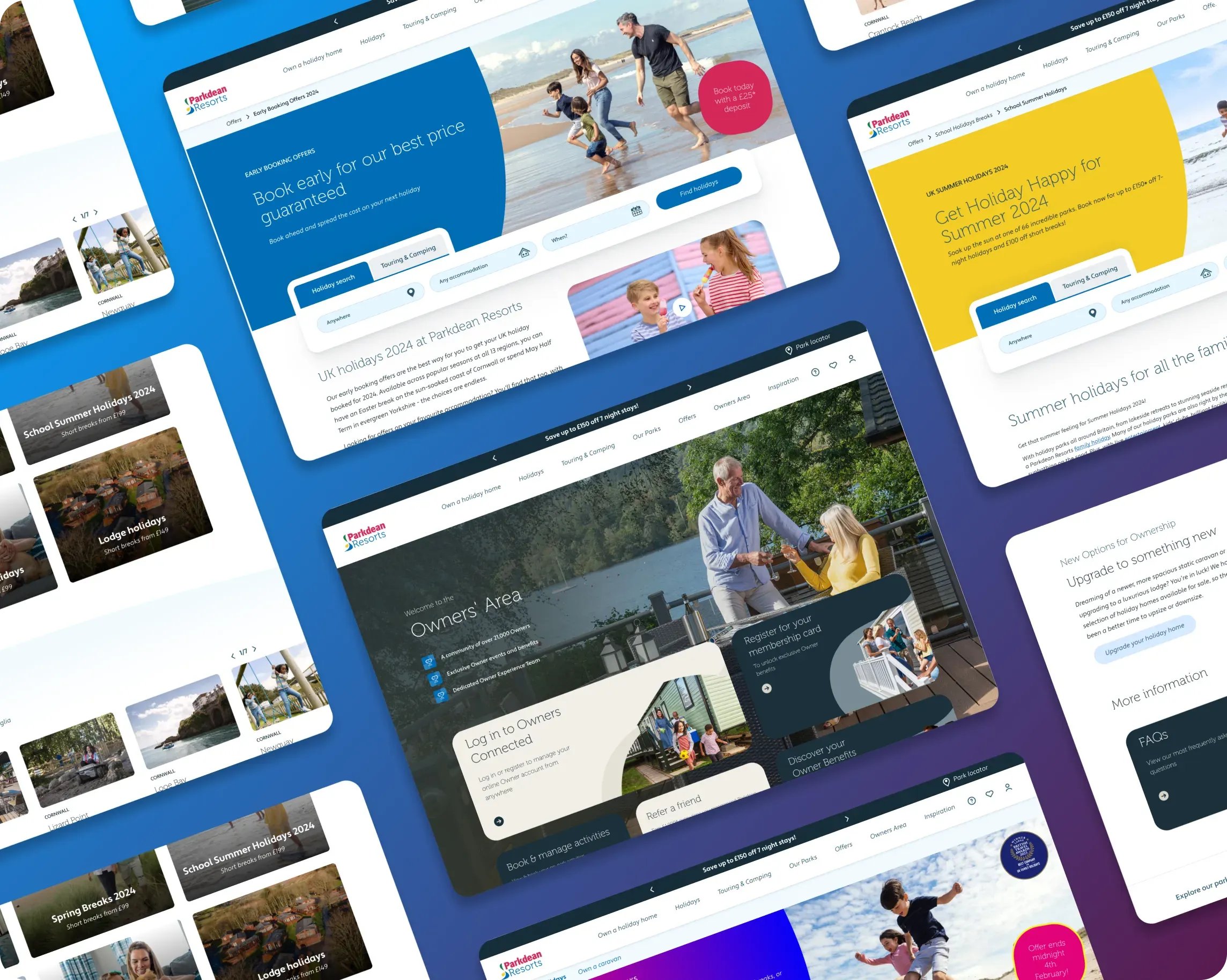
Created in 1999, Parkdean Resorts are the UK’s largest holiday park operator, with 66 holiday parks across England, Scotland and Wales. Over their 25 year history they have used a great many internal platforms to meet the needs of their staff and customers, serving a number of functions, such as:
-
Holiday availability
-
Holiday bookings
-
Payments and accounting
-
Customer info (CRM)
-
Caravans for sale stock and price
-
On park activity availability and bookings
-
Direct debit payment plans + more
A significant portion of our work with the Parkdean team has been to integrate or modernise where possible these platforms as part of an on-going roadmap of work, while ensuring a negligible impact on the user experience. Consolidating these services into a seamless, single user interface which allows the customer to self-serve, managing their entire booking, payment and post-sales journey.
Affinity Water
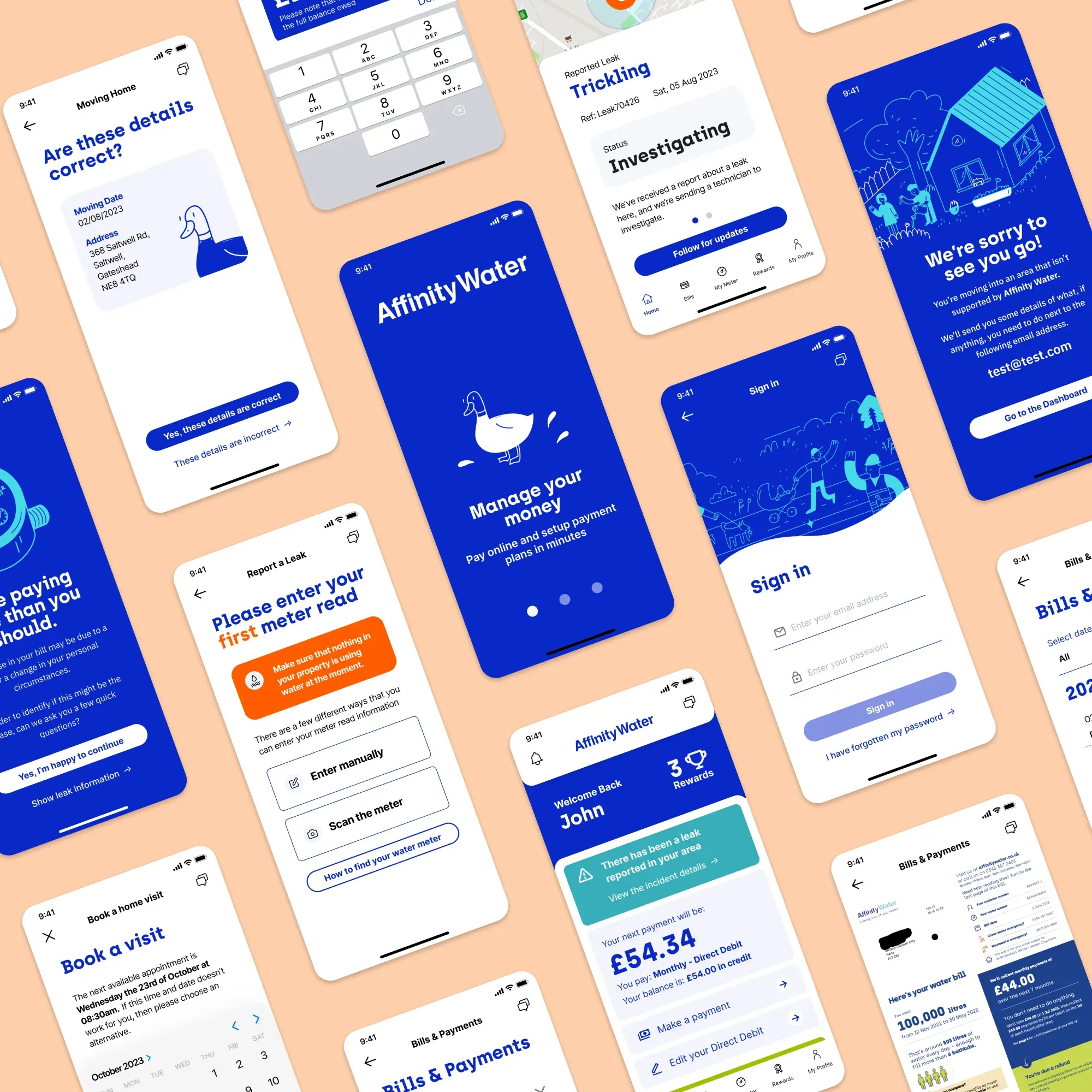
Affinity Water Limited stands as one of the UK's most significant water suppliers, delivering essential drinking water services to 3.8 million people across London, eastern and southeastern England. We engaged with the Affinity Water team in order to transform their current customer experience, by creating an app solution with self-serve as one of the key goals.
Our aim was to ensure that the customer was able to access all of the available services from the dashboard screen as well as other key navigational elements such as a slide-out menu. The dashboard needed to be a jumping off point where the customer could start all of the following journeys, effectively meaning they could manage all of their key water account details from a single screen:
-
Notifications
-
Contact & chat
-
Payments & account status
-
Make payments
-
Home move
-
Report a leak (public & private)
-
PSR
Most of the features listed above were serviced by separate systems and so we worked with Affinity Water to review each and deliver recommendations based upon the overall needs of the project in parallel with their set timescales. Through this process we were able to help them to identify the key systems and points of data that the customer app required, ensuring that the end solution was as scalable, performant and robust.
